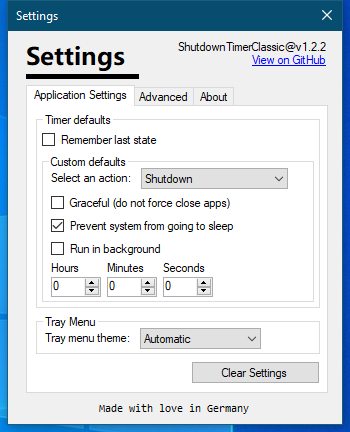

If you are prompted by the User Account Control asking if you want to allow this program to make changes to your computer, click Yes to proceed.Ģ. Right-click on the Start button and choose Command Prompt (Admin) from the pop-up menu.
#PC SHUTDOWN TIMER WINDOWS 10 CNET HOW TO#
Here's how to disable and then re-enable hibernate in Windows 10:ġ.


If you turn hibernate off, you won't be able to use hibernate (obviously), nor will you be able to take advantage of Windows 10's fast startup feature, which combines hibernation and shutdown for faster boot times. So, the main reason you might want to disable hibernate on your computer is if you really need those extra gigs of hard drive space back.

If you have 8GB of RAM, your hiberfil.sys file will take up 6GB of your hard drive space if you have 16GB of RAM, your hiberfil.sys file will take up 12GB. However, when hibernate is enabled it reserves some of your disk for its file - the hiberfil.sys file - which is allocated at 75 percent of your computer's installed RAM. Hibernate is enabled by default, and it doesn't really hurt your computer, so it's not necessary that you disable it even if you don't use it. This allows your computer to start up faster, because it doesn't need to re-establish those files and settings.
#PC SHUTDOWN TIMER WINDOWS 10 CNET DRIVERS#
When your computer hibernates, it takes a snapshot of your system files and drivers and saves that snapshot to your hard drive before shutting down. Hibernation is a state you can put your computer in instead of shutting it down or putting it to sleep.


 0 kommentar(er)
0 kommentar(er)
